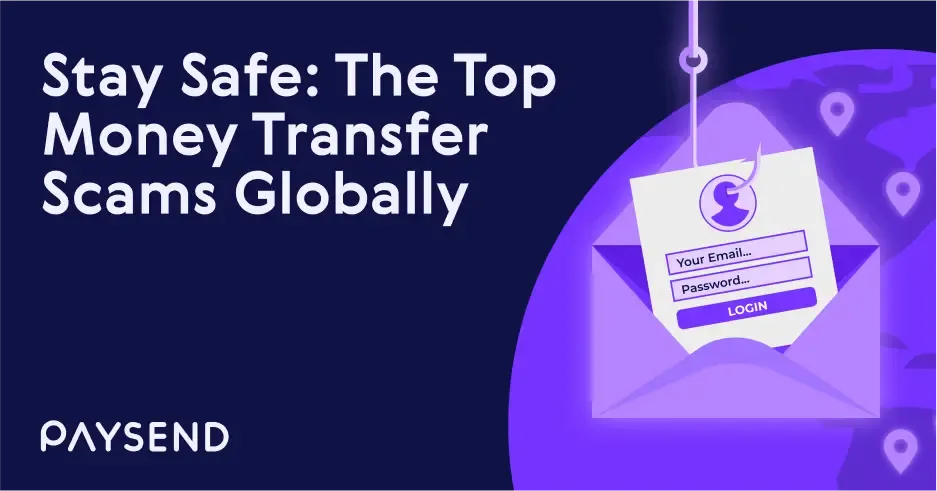How to transfer money to someone else’s bank account

Want to transfer money online from your bank account to another? Whether you’re sending money as a gift, transferring cash to a dependent or relatives overseas, or simply sharing utility bills with your roommates, these days, the options for sending money are endless.
Transferring money directly to a bank account has many advantages over traditional ways to pay someone, such as cash or check, because these electronic transfers are fast, secure, and require less time and effort from both the sender and the recipient.
However, bank-to-bank money transfers come at varying costs and levels of simplicity. Read on for the top three methods explained so you can decide what’s right for you:
Wire transfers
If you want to stick with traditional money transfer methods, you can send money by visiting your bank, the local post office or a remittance shop like grocery stores. This is known as a wire transfer – a method that’s been around for nearly 150 years.
To send a wire transfer, you’ll need to pay the cashier at your chosen branch and give them bank details for both you and your recipient. They’ll do the rest for you, and your money will arrive within a few days. But beware, you may end up spending more than you expect on fees, as well as poor exchange rates. In fact, the average fee for sending a wire transfer internationally is $45.
E-wallet transfers
Another common method of electronically transferring money to someone else’s bank account is by using e-wallets. This involves signing up for an e-wallet service - such as PayPal - and sending money to someone else’s e-wallet within the service’s mobile app or website. Your recipient can then withdraw that money to their bank account.
One of the issues with this method is that it adds a few extra steps into the process – both sender and recipient signing up for an e-wallet, having to deposit funds into your account and then your recipient taking the money out of theirs. This can make money transfers using e-wallets longer and more complex.
Sending money overseas may be expensive with e-wallets, as well, so make sure you check the fees beforehand, or you may end up spending more than you intended.
Peer-to-peer transfers
You can send money from your bank account directly to another by using online platforms accessible through mobile apps or your web browser. These transfers are usually cheap to make, and all you’ll need is some basic account information from your recipient.
The major advantage of this type of transfer is that you can do it from home, so you don’t need to go to a bank or post office to send your money.
How to send money to someone else’s bank account with Paysend
Paysend is a convenient international peer-to-peer money transfer service that lets you send money from the U.S. directly to a bank account in 70 countries worldwide. The clear and simple Paysend Global Transfers app makes it easy to send money to your friends and family’s bank account quickly and with minimal fuss.
It’s free to sign up, and there is a low fee of $2 to send money. Money sent with Paysend normally arrives after just a few minutes.
To get started, head to the App Store or Google Play and download the Paysend app!
Últimas publicações

Money isn’t just currency - it’s a way to stay connected. Whether you’re helping family back home, supporting friends chasing their dreams, or just sending a surprise for a loved one, Paysend and Visa make it effortless to bridge the distance to Turkey, and transferring to an eligible Visa card via Paysend is one of the easiest ways to send money.

Sending money internationally has never been easier, but as digital payments become more popular, so do scams targeting unsuspecting senders. Fraudsters use various tactics to deceive people into transferring money, often pretending to be banks, employers, or even loved ones in distress.
To help you stay protected, we’ve outlined some of the most common and most recent money transfer scams happening around the world and how you can avoid them.